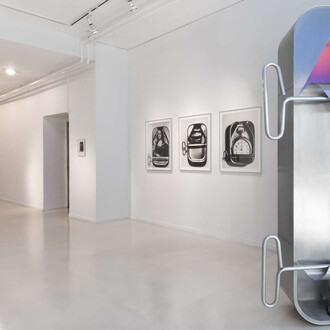The exhibition, which marks the 80th anniversary of the end of World War II, presents the key events that took place in Ljubljana during the occupation. It highlights the everyday lives of residents during the war, their personal choices, the violence of the occupiers, and the organized resistance. Through individual stories, it reveals the difficult dilemmas people faced in the most challenging times and encourages visitors to reflect on peace, war, and the culture of nonviolence – themes that remain relevant to this day.
On the morning of April 6, 1941, Ljubljana woke up to Palm Sunday, but the day was soon disrupted by the sound of German aircraft. On April 11, the city was occupied by the Italian army, which immediately began a process of Italianization and repression. The occupation quickly transformed the city's appearance—shop windows and building facades were adorned with fascist symbols, and street names were changed to Italian. At first, Ljubljana seemed calm, but its inhabitants were already planning resistance. On April 26, the Anti-Imperialist Front of the Slovenian Nation was founded, and was later renamed to the Liberation Front of the Slovenian Nation (OF). Over time, the Communist Party acquired a leading role in it. The OF also established an active Security and Intelligence Service (VOS), carrying out intelligence activities and assassinations of political opponents and suspected collaborators in the city.
The Italian authorities responded to the resistance with terror— imprisonments, internments in concentration camps, executions of hostages, and the construction of a barbed-wire fence around the city. Their objective was to annihilate the Slovenian nation. At the same time, informal Village Sentry units were set up and were incorporated into the Italian occupation system as the Anti-Communist Voluntary Militia (Milizia volontaria anticommunista – MVAC). Militia members performed certain policing tasks in and around Ljubljana, and also carried out checks at crossing points.
After Italy’s capitulation in September 1943, German forces occupied the city and incorporated the Province of Ljubljana into the Operational Zone of the Adriatic Littoral. Mayor Leon Rupnik organized the Slovenian Home Guard, which collaborated with the occupiers. At the beginning of 1945, the Germans intensified their pressure on the resistance movement. The city suffered severe shortages, and after four years, the war was nearing its end. In early May 1945, German and Home Guard units began retreating, and on May 9, the city was liberated by partisan army.
















